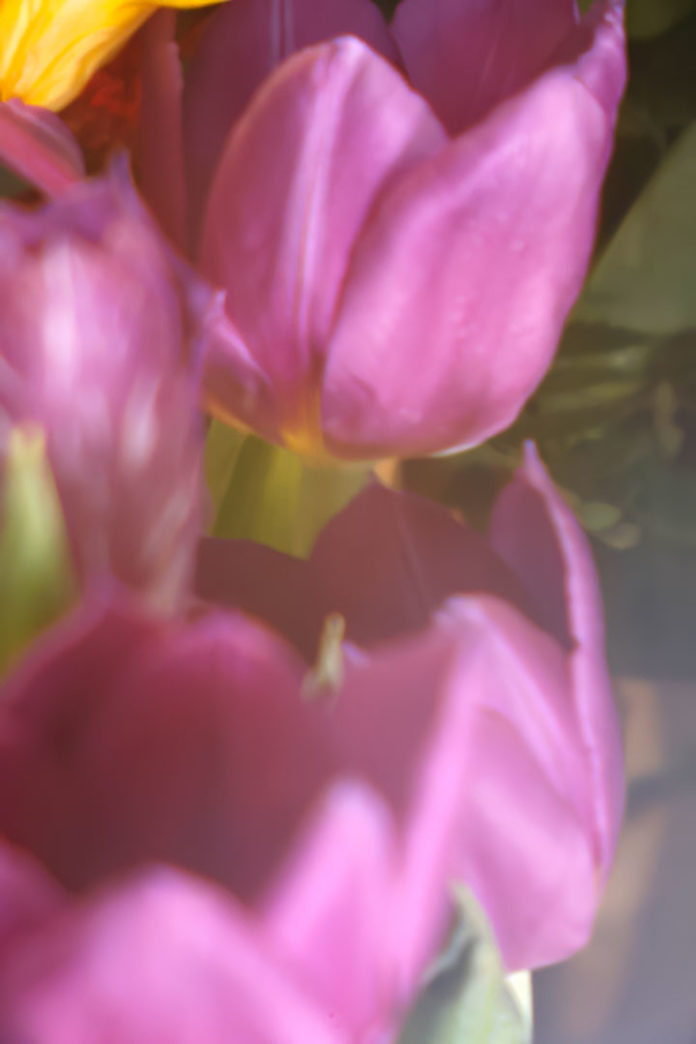In photography, bokeh is most commonly associated with the background, which helps isolate the subject by creating a pleasingly blurred backdrop. However, bokeh can also be effectively utilized in the foreground to add depth, interest, and an artistic touch to your images. This chapter explores how to master the use of bokeh both behind and in front of your subject, enhancing your photographs’ visual appeal and narrative depth.
Understanding Foreground Bokeh
Foreground bokeh involves elements that are out of focus between the camera and the subject. These elements can frame the subject, add a layer of complexity, or create a sense of mystery by partially obscuring details. When done well, foreground bokeh can transform a straightforward composition into something more intriguing and layered.
Techniques for Effective Foreground Bokeh
- Choosing the Right Lens: Use a lens with a wide aperture (f/1.4 to f/2.8) to achieve a shallower depth of field. Lenses with longer focal lengths can also enhance the bokeh effect, making it easier to blur foreground elements creatively.
- Aperture Settings: Open the aperture to create a shallow depth of field. This setting blurs both the foreground and background, but by focusing precisely on your subject, you ensure that the foreground bokeh does not overpower the main point of interest.
- Positioning Your Subject: Ensure your subject is a sufficient distance from the foreground elements. This separation allows the elements to blur sufficiently while keeping the subject sharp and well-defined.
- Composition with Foreground Elements: Intentionally place elements like leaves, branches, glass, or even textured fabrics close to the lens. Experiment with the distance of these elements from your lens to vary the extent of the blur.
Creative Applications of Foreground Bokeh
- Framing the Subject: Use softly blurred objects in the foreground to create a natural frame around your subject. This technique can direct the viewer’s attention and add an artistic flair.
- Adding Mystery and Depth: Partially obscure your subject with blurred foreground elements to create a sense of depth or mystery. This technique works well in portrait and street photography, where subtle hints can lead to a more engaging story.
- Enhancing Textural Contrast: Positioning elements with interesting textures (like mesh or foliage) close to the lens can foreground bokeh that contrasts effectively with the main subject’s sharpness, enhancing the image’s tactile quality.
Tips for Balancing Foreground and Background Bokeh
- Maintaining Balance: Ensure that the foreground bokeh complements rather than competes with the subject. Use a judicious amount of foreground blur to enhance rather than detract from the main focus.
- Experiment with Lighting: Lighting can dramatically affect the appearance of bokeh. Backlit or side-lit conditions often enhance the effect of foreground bokeh, creating luminous and visually appealing compositions.
- Post-Processing Adjustments: Use software to fine-tune the sharpness and contrast of your bokeh. This can be especially helpful in balancing the foreground and background bokeh to achieve a cohesive look.
Situations for Using Foreground Bokeh
- Portrait Photography: In portrait photography, foreground bokeh can add a layer of intimacy and focus to the subject. Blurring elements like foliage, windowpanes, or other textured objects in the foreground creates a sense of depth and isolation, making the subject stand out as the clear focal point.
- Street Photography: Utilizing foreground bokeh in street photography can add a voyeuristic feel to the image as if the viewer is glimpsing a moment through an obscured view. This technique can create a narrative of mystery and intrigue.
- Nature and Wildlife Photography: In nature photography, foreground bokeh can be used to simulate the perspective of hiding in the underbrush, giving the viewer the sense that they are peering through a hidden spot into the scene. It enhances the naturalistic feel and can focus attention on a particular animal or plant while softly blending the surroundings.
- Macro Photography: Using foreground bokeh in macro photography helps emphasize the subject by blurring out potentially distracting elements closer to the lens than the subject itself. This can simplify the composition and enhance the viewer’s focus on the main details.
Narrative and Contextual Contributions
- Creates a Sense of Depth: Foreground bokeh adds a three-dimensional quality to photographs by creating layers of focus. This depth helps to draw viewers into the image, making the scene more immersive and engaging.
- Frames the Subject: Blurred elements in the foreground can act as a frame around the main subject, directly focusing the viewer’s attention where the photographer intends. This framing can subtly highlight the subject without requiring drastic composition changes.
- Adds Mystery and Intrigue: Partially obscured views created by foreground bokeh can make an image more intriguing. Viewers may feel they are discovering something hidden or secretive, which adds to the photograph’s storytelling element.
- Enhances Emotional Impact: Depending on its use, bokeh can evoke different emotions. For example, a softly blurred foreground can evoke feelings of nostalgia or dreaminess, while a sharply blurred foreground might create tension or unease.
Enhancing Storytelling
Foreground bokeh is not just a visual effect; it’s a narrative device. It sets the scene and the mood, guides the viewer’s focus, and can even serve as a metaphor within the story. For instance, in a portrait where the subject’s face is clear but the foreground is blurred, the effect might suggest the subject’s detachment from their environment or inner thoughts clouding their perception of the outer world. Wildlife photography might suggest the hidden, almost unreachable nature of the creature being photographed.
Foreground bokeh is a powerful creative tool that, when used thoughtfully, can add significant visual interest and depth to your photographs. By mastering the techniques for manipulating foreground and background blur, photographers can create more engaging, dynamic compositions that draw viewers into the conveyed narrative. As always, experimentation and practice are key to discovering how best to integrate these elements into your photographic style.



